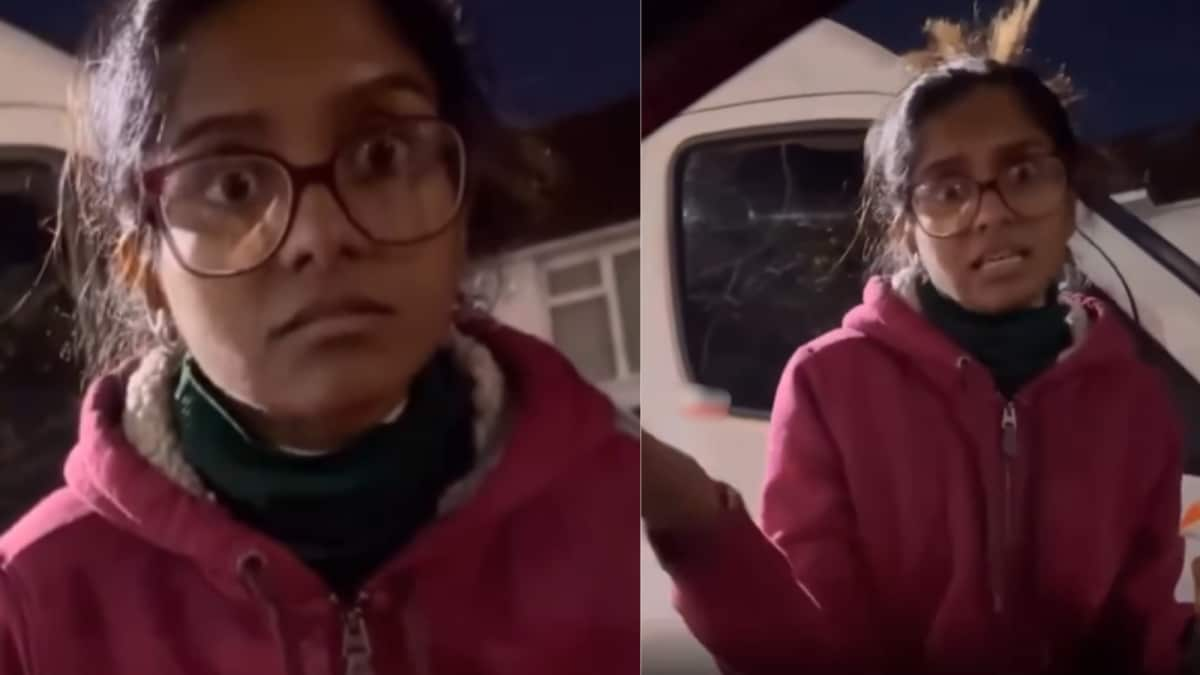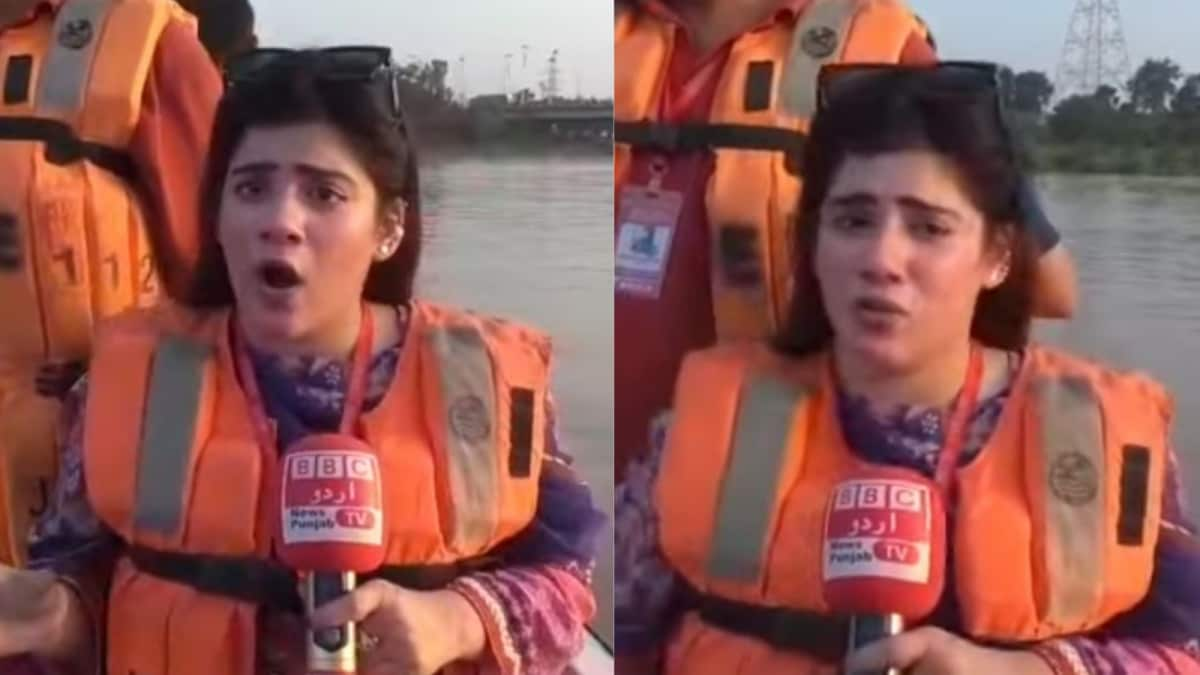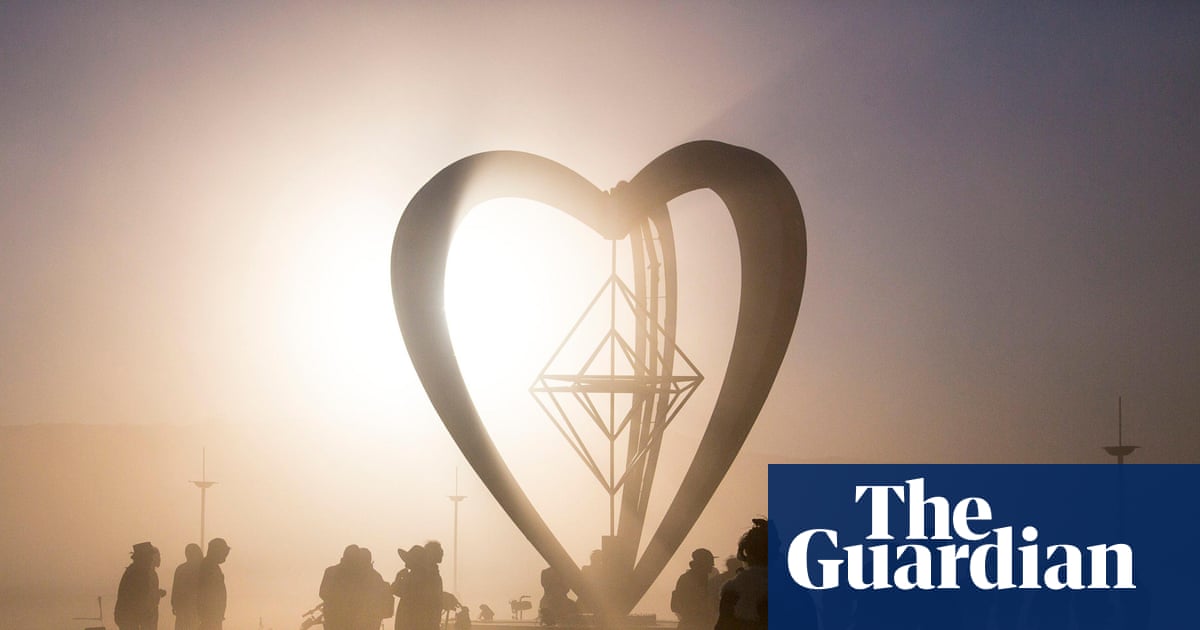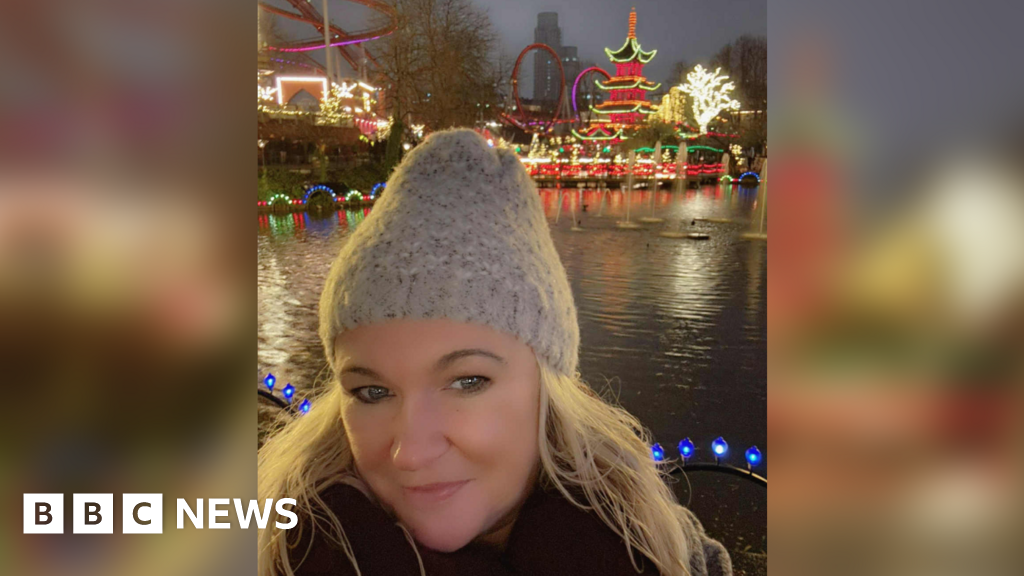Pope Leo XIV Calls for Unity and Condemns Poverty in Inaugural Mass

Rome, CNN — In a historic and deeply symbolic ceremony, Pope Leo XIV, the first American pope in history, delivered a powerful inaugural Mass at St. Peter’s Square, where he condemned the exploitation of the poor and called for unity within the Catholic Church. This significant event was attended by a gathering of world leaders, members of royalty, and tens of thousands of devoted believers, marking a momentous occasion for both the Vatican and the global Catholic community.
Pope Leo XIV, who is the 267th pontiff, made his grand entrance at the Vatican in a specially designed popemobile, greeted by enthusiastic cheers and applause from a massive crowd. Approximately 100,000 people were present at the start of the Mass, as reported by local authorities. As he made his way through St. Peter’s Square, the pope took a moment to connect with the crowd, stopping briefly to kiss a child, which elicited chants of “Viva il Papa” and exuberant reactions from the audience.
The two-hour liturgy, held on a Sunday, saw notable attendees including U.S. Vice-President JD Vance, U.S. Secretary of State Marco Rubio, and Ukrainian President Volodymyr Zelensky, all of whom were seen greeting each other warmly before the service commenced. Pope Leo XIV is scheduled to meet President Zelensky later on the same day, highlighting the pope's commitment to global issues and diplomacy.
Also witnessing this historic ceremony was the President of Peru, Dina Boluarte, representing the nation where Pope Leo served for many years as both a missionary and bishop. The Vatican was a melting pot of cultures and beliefs, hosting representatives from over 150 nations, signifying the universal appeal of the papacy.
During his homily—a crucial moment during the Mass where the new pope outlines his vision and priorities—Pope Leo XIV emphasized that there is no place within the Catholic Church for “religious propaganda” or political maneuvering. His call for unity can be interpreted as a direct reference to the factions that have emerged within the Church, particularly between reform-minded individuals and traditionalists, a divide that became increasingly pronounced under his predecessor, Pope Francis.
Furthermore, the pontiff condemned the economic systems that exploit the Earth’s resources while marginalizing the most vulnerable and impoverished populations. Echoing the humble spirit of his predecessor, Pope Leo XIV stated that he was not chosen for this exalted role due to any personal merit, but instead embraces it as a “brother who desires to be the servant of your faith and your joy.”
As the Mass concluded, Pope Leo XIV made a heartfelt call for “just and lasting peace” in Ukraine, offering prayers for the people of Gaza, where he lamented how “children, families, the elderly, survivors are reduced to hunger.” His poignant remarks underscored his focus on social justice and compassion, core principles that have defined his life’s work.
The May 18 ceremony was rich in tradition and symbolism, marking the formal bestowal of the symbols of office upon Pope Leo XIV. Among these symbols were the pallium, an intricate lamb’s wool vestment that signifies his pastoral responsibilities as a shepherd to his flock, and the fisherman’s ring, which represents the pope’s authority as the successor of St. Peter, a figure revered in Catholic tradition as the first pope.
As the new pope donned the lambswool pallium for the first time, a wave of applause erupted from the congregation, reflecting the emotional weight of the occasion. The Vatican later shared details about the ring, which features an image of St. Peter on its exterior, while “Leo XIV” and the pope’s coat of arms are engraved on the inside. This ring is a symbol of the pope's bond with the Church and his commitment to serve as Bishop of Rome, representing a profound “betrothal” to the global Catholic community.
Traditionally used to seal official documents, the “ring of the fisherman” now serves a ceremonial purpose, further emphasizing the pope’s spiritual role. Upon receiving the ring, Pope Leo XIV appeared visibly moved, gazing down at his ring finger with evident emotion.
The scripture readings during the Mass centered on St. Peter, with a key passage from John’s Gospel that is foundational to the pope’s ministry as the successor of St. Peter.
Historically, papal inauguration ceremonies have evolved significantly over the centuries. They once included a formal coronation, wherein a papal tiara was placed upon the new pope's head. The last such coronation took place for Pope Paul VI in 1963, who later sold the tiara and donated the proceeds to charitable causes. Interestingly, Catholics in the United States purchased that tiara, and it is now displayed at the Basilica of the National Shrine of the Immaculate Conception in Washington, D.C.




























